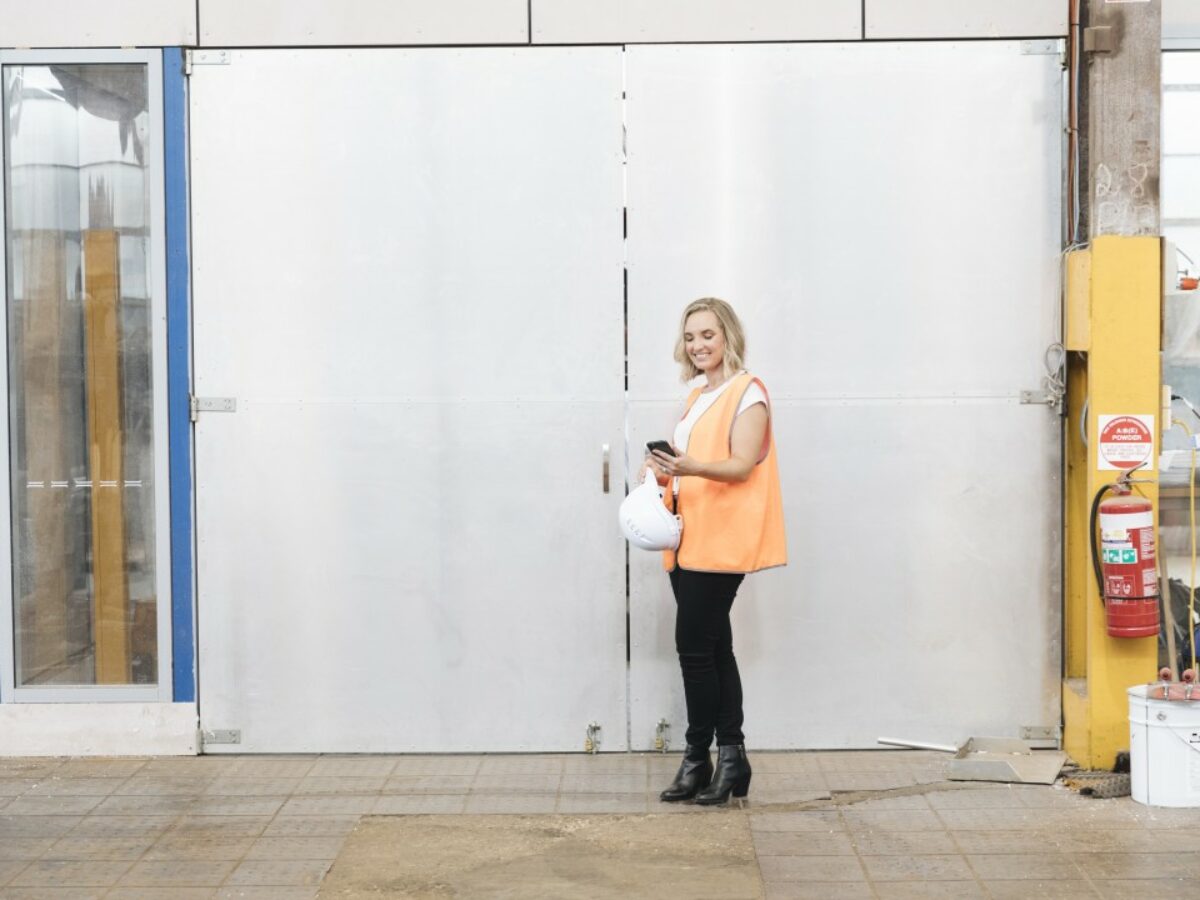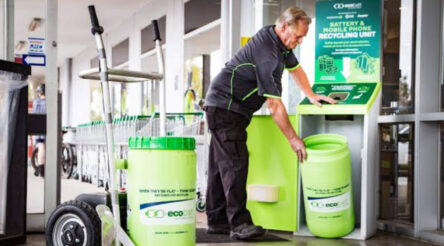COVID19 – Practical Tips for Manufacturers

By Forum member Shay Chalmers, Director, Strategic Engineering Australia
In these uncertain times I feel our local manufacturers need some practical advice on how to manage the situation. We have an opportunity to demonstrate our manufacturing agility and show how we can stand tall and stand together in the face of uncertainty.
- Use Technology to your advantage – if it can be done remotely DO IT. Phone calls, virtual meetings (Skype, Teams, Zoom), emails.
- Get all support staff to work from home – reduce the number of staff you have in the office so you only have essential manufacturing / operations staff. For those staff you have left in the office – get them to separate and reduce interaction.
- Exercise Social Distancing where possible – only allow critical staff members to enter into production areas. Explain to staff the importance of social distancing. Stay 1.5 m away from other staff members where possible. Where this is not possible, create manufacturing pods / sections of small numbers of people and eliminate interaction between teams and movement between sections. When you are having your daily manufacturing huddles – spread out. Keep distance, do it over the phone / email / 2 way radios if it is at all possible.
- Stagger shift start times and lunch breaks to avoid large numbers of people being at the same place at the same time. By separating the shift start times you can reduce the impact if one of the shifts becomes affected.
- Be flexible with your staff as much as possible, they may be juggling kids who have been sent home from school. Or may live with high risk individuals. Be understanding of your staff’s needs. Encourage your staff to minimise the use of public transport where possible.
- Increase cleaning activities – especially in high traffic areas such as at coffee / tea stations. There is good information available via the government.
- Review all your supply chains in detail – if you can’t get confirmed order quantities seek out other options. Local manufacturers are ramping up – seek local opportunities. Reach out to myself, QMI / ICN or the Manufacturing Hubs in your region if you need help identifying potential supply options.
- Determine what your process is if someone gets sick at work. What actions will you take and how will you minimise production disruption? Secondly, what action do you take if you have a confirmed case? Think about what process you will follow.
- Review the government support – state and federal (to help with cash flow). There is a number of initiatives targeted at supporting our businesses. For example: https://www.qld.gov.au/about/industry-recovery and https://www.pm.gov.au/media/economic-stimulus-package
- Think critically about your business – is there anything you can do to contribute to the solution? Do you have capabilities or processes to help with some of the current supply chain shortages? Face masks? Thermometers?
- Communicate – keep your staff in the loop. The situation is changing so quickly, it can be concerning for our teams. Let’s do our best to support them during this time. The golden rule in delivering crisis communications is: communicate often, communicate short and sharp, and contain where to find info easily again. People in distress have very little ability to remember or take in information. Delegate a key contact who is a C-level person, preferably the CEO, as the person who “communicates” since people look for leadership to create safety in high stress and crisis periods.
- Have a plan ready for what happens if someone is unwell and goes home, or who is perhaps awaiting test results, including how you will communicate this with your team. Should you pay them yes/no? Recognise that there is a high risk of people not testing and ‘flying under the radar’ and even using fever-reducing medication to hide symptoms, in fear they will be out and work and without pay.
This is a golden opportunity for manufactures to show why producing and buying local is a big advantage, especially in periods of crisis. Supply lines are shorter, often more controllable and stable than offshore and it keeps the local economy going which helps to pay bills and wages.
Encourage people to share this and share their ideas in comments so we can all work together to manage this situation.
This article has been reproduced with permission. You can view the original version at this link.
Subscribe to our free @AuManufacturing newsletter here.
Topics Manufacturing News Technology
@aumanufacturing Sections
Analysis and Commentary Awards Defence Manufacturing News Podcast Technology Videos










